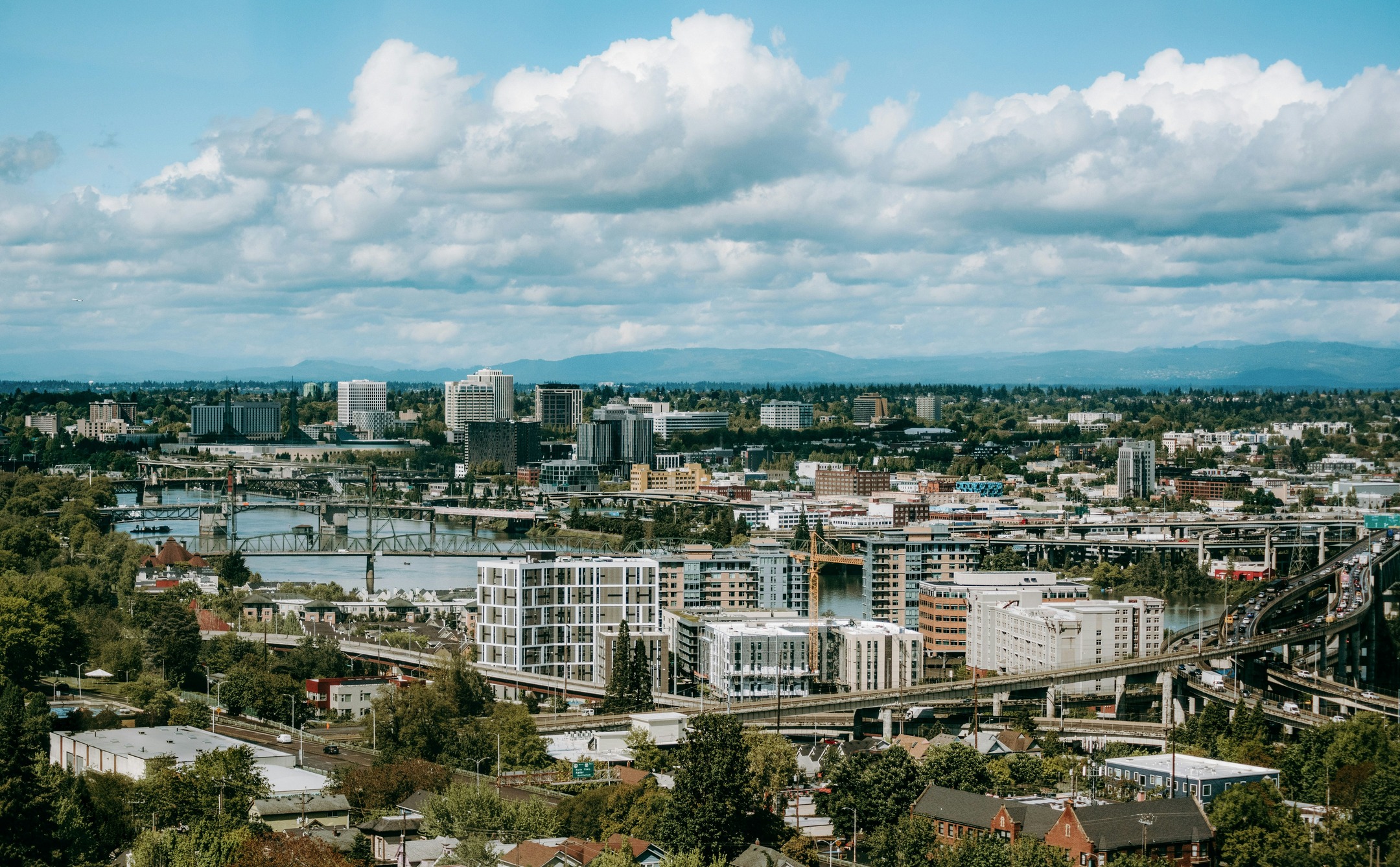In a world increasingly aware of the environmental impact of waste, eco-friendly food packaging emerges as a crucial element of sustainable living. From our oceans and rivers to landfills, non-biodegradable packaging wreaks significant damage on the environment. As consumers become more environmentally conscious, the demand for sustainable packaging solutions has risen, urging businesses and individuals alike to seek alternatives that lessen their ecological footprint. This article delves into eco-friendly food packaging options and explores how they contribute to a greener future.
The Environmental Impact of Traditional Packaging
Traditional packaging materials, particularly those derived from plastic and styrofoam, present a massive challenge to ecosystems around the world. Plastics can take hundreds of years to decompose, often ending up in landfills or polluting our oceans. These materials break down into microplastics, which pose substantial risks to marine life and, subsequently, human health as they enter the food chain. Moreover, the production and disposal of conventional packaging add to greenhouse gas emissions, accelerating climate change.
Sustainable Materials for Food Packaging
The shift towards sustainable food packaging encompasses a variety of innovative materials designed to reduce environmental harm. Biodegradable and compostable solutions like those made from plant-based polymers, cornstarch, and bamboo are gaining traction. These materials break down more quickly than conventional plastics and do not release harmful toxins, making them a viable alternative for disposable food packaging. Increasingly, companies are turning to recycled paper and cardboard, which offer a renewable and recyclable option that aligns with sustainable practices. These materials not only lessen waste but also reduce the energy and water usage typically required in the production of virgin materials.
Benefits of Eco-Friendly Food Packaging
Choosing eco-friendly food packaging offers numerous benefits beyond environmental conservation. It can significantly enhance a brand’s image as consumers continue to prefer companies that prioritize sustainable practices. Businesses that adopt such measures often see increased customer loyalty and potentially greater market share. Additionally, eco-friendly packaging can lead to cost savings in the long-term. While some sustainable materials may have a higher upfront cost, the reduction in waste disposal fees and potential tax incentives for sustainable practices can offset initial investments.
Challenges and Considerations
Despite the clear advantages, transitioning to eco-friendly food packaging can pose challenges. Concerns over the durability and shelf life of certain biodegradable materials need addressing. Manufacturers and designers must consider the balance between preserving product integrity and minimizing environmental impact. Furthermore, the infrastructure for composting and recycling biodegradable materials is not yet widespread, which can limit the efficacy of these solutions.
Conclusion: Towards a Sustainable Future
Eco-friendly food packaging is a pivotal component in the journey toward achieving sustainability goals. As individuals, businesses, and policymakers rally to reduce the environmental burden of waste, it is crucial to embrace innovative and sustainable packaging solutions. Through collective efforts, including improved waste management systems and increased consumer awareness, achieving a greener future is within reach. By prioritising eco-friendly packaging alternatives, we not only protect our planet but also pave the way for a healthier and more sustainable tomorrow.



























